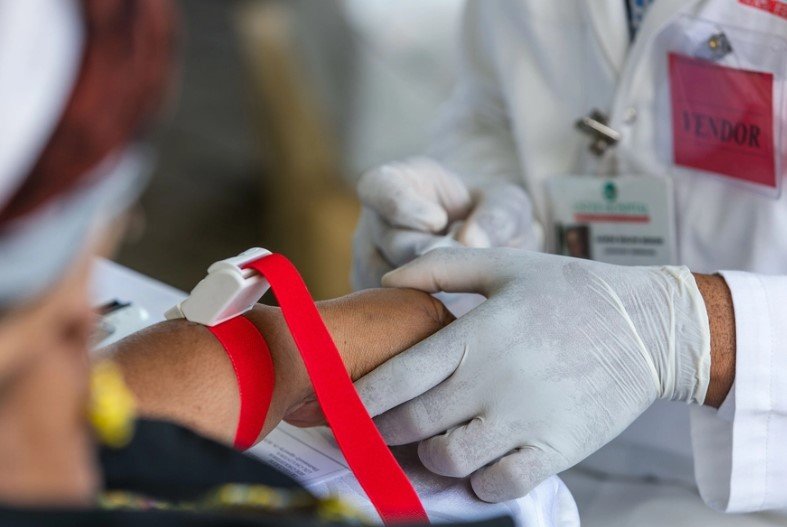Madhya Pradesh’s ambitious 100-day tuberculosis (TB) detection campaign has uncovered a staggering 19,000 new cases, putting the state’s 2025 TB eradication goal under intense scrutiny. While the effort led to 5,000 gram panchayats being declared TB-free, the newly identified cases reveal a worrying underbelly — especially among tribal populations.
Tribal Districts Hit Hardest
Some districts stood out for all the wrong reasons. Jabalpur, Sheopur, and Gwalior, alongside regions within the Gwalior and Indore divisions, showed a strikingly high TB burden. Many of these areas house predominantly tribal communities, which seem to bear the brunt of the disease.
The Saharia tribe, classified as a Particularly Vulnerable Tribal Group (PVTG), has one of the state’s highest pulmonary TB rates. The Gwalior and Chambal divisions, where this community is concentrated, are seeing the worst of it. In response, the Indian Council of Medical Research’s National Institute of Research in Tribal Health (ICMR-NIRTH), working with the state government, launched an intensified TB control project focusing on these communities.

Why Are Tribal Communities More Vulnerable?
TB doesn’t pick its victims randomly — and tribal populations seem to face a crueler fate. Several factors put these communities at greater risk:
- Malnutrition: Weakened immune systems make them more susceptible to infections.
- Poor living conditions: Overcrowding and lack of ventilation accelerate the spread.
- Limited healthcare access: Remote locations make early detection and treatment harder.
Dindori, Katni, Jhabua, Barwani, and Seoni — districts with significant tribal populations — also reported concerning TB prevalence. Health officials say that stigma and misinformation further drive patients away from seeking medical help, worsening the situation.
Setbacks in the Race to Eliminate TB by 2025
India’s bold target to eliminate TB by 2025 — five years ahead of the World Health Organization’s global 2030 goal — now looks increasingly unrealistic. Dr. Manoj Verma, a TB specialist, says the detection drive uncovered what many feared: a vast number of undetected cases, particularly in rural and tribal pockets.
“Many patients in remote areas avoid seeking medical help. This makes detection difficult and delays treatment. The drive is helping trace these patients, but it’s a major challenge,” Dr. Verma explained.
The campaign’s findings also hint at a bigger, systemic issue: underreporting. A significant portion of TB cases, especially in underserved communities, never make it into official records.
Is Madhya Pradesh Still on Track for a TB-Free Future?
Despite the sobering numbers, health authorities remain cautiously optimistic. The detection drive itself is being hailed as a success — not because the numbers are encouraging, but because they offer a clearer, more honest picture of the state’s TB battle.
State health officials highlight some wins:
- 5,000 gram panchayats declared TB-free — a positive sign in many rural pockets.
- ICMR-NIRTH’s targeted tribal project — aiming to cut TB rates among high-risk communities.
- Awareness campaigns ramped up — focusing on early detection and tackling stigma.
However, experts warn that detection is only half the battle. The real test now lies in ensuring those 19,000 newly identified patients complete their treatment, preventing relapse and drug resistance.
The clock is ticking — 2025 isn’t far off. Whether Madhya Pradesh can turn this setback into a springboard for stronger action remains to be seen. One thing’s clear: the state’s fight against TB just got a whole lot tougher.
